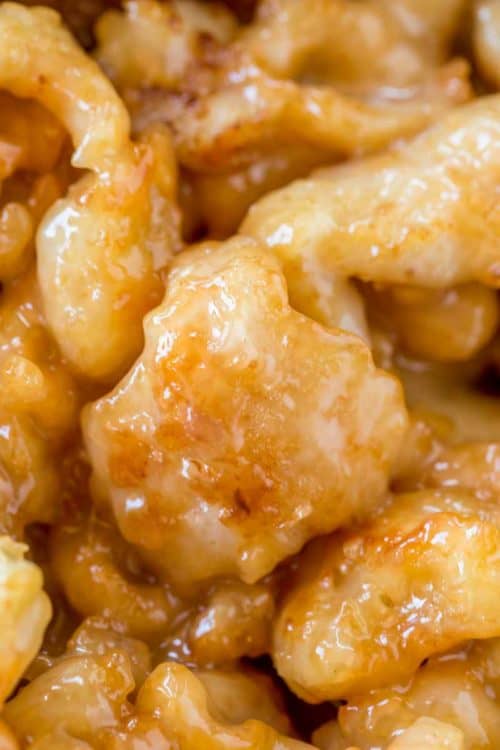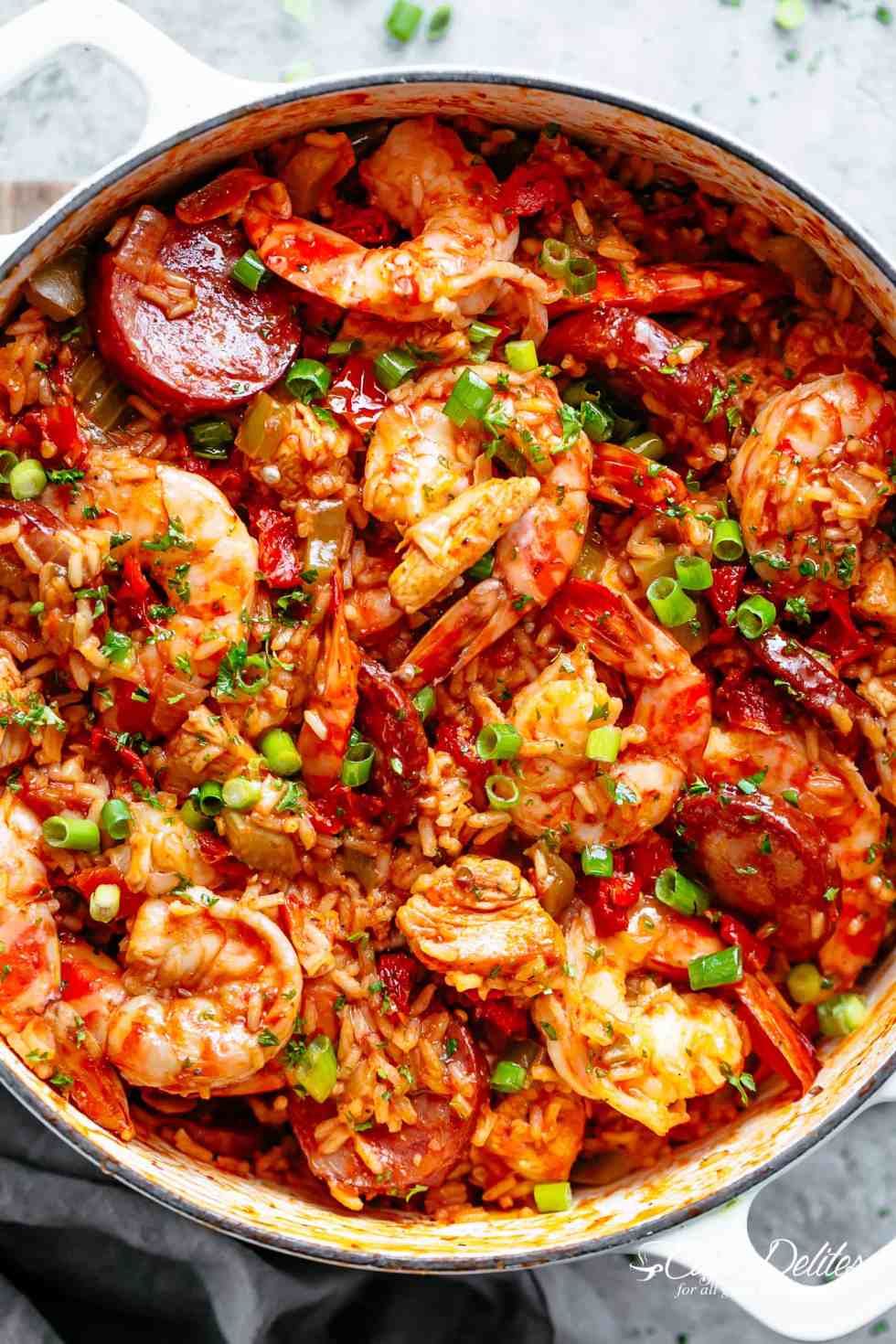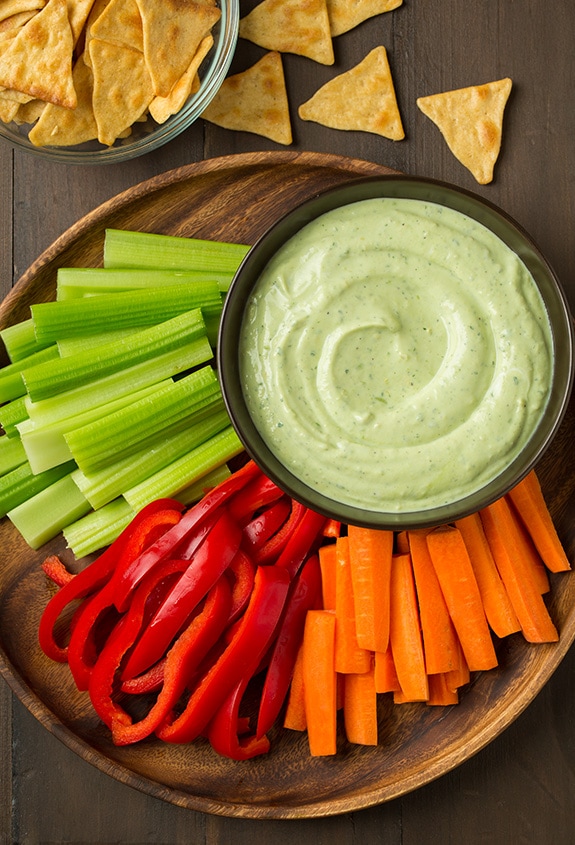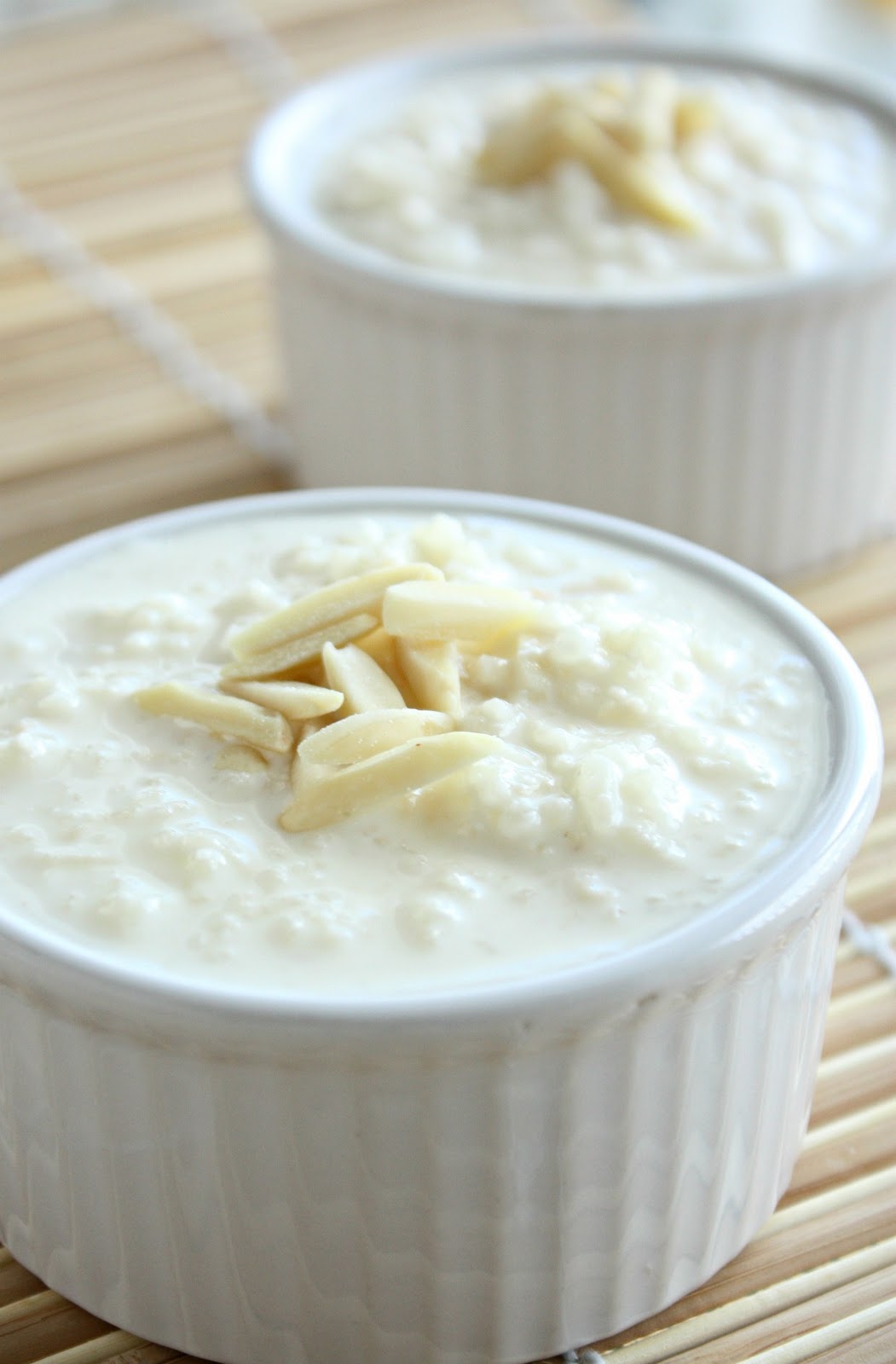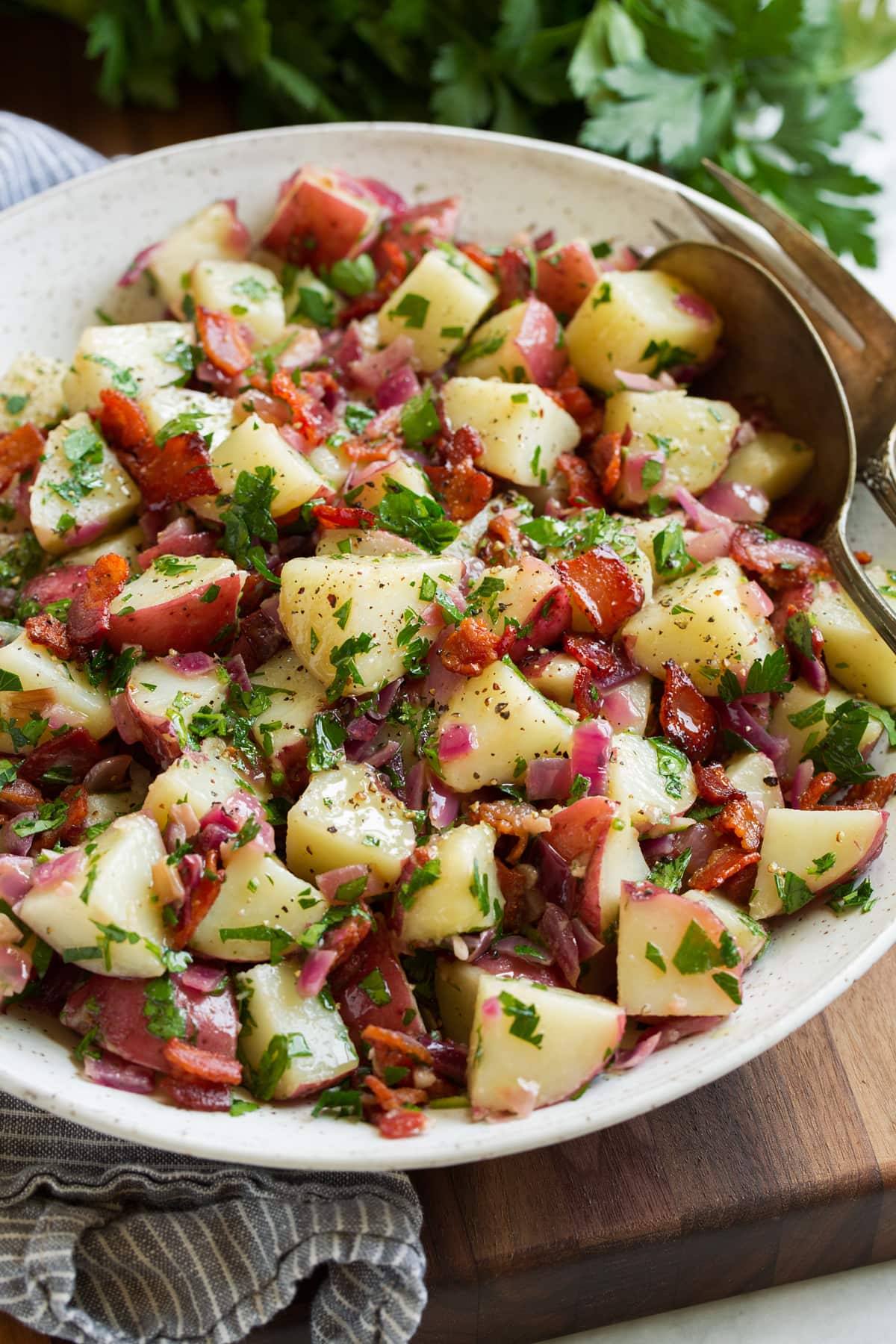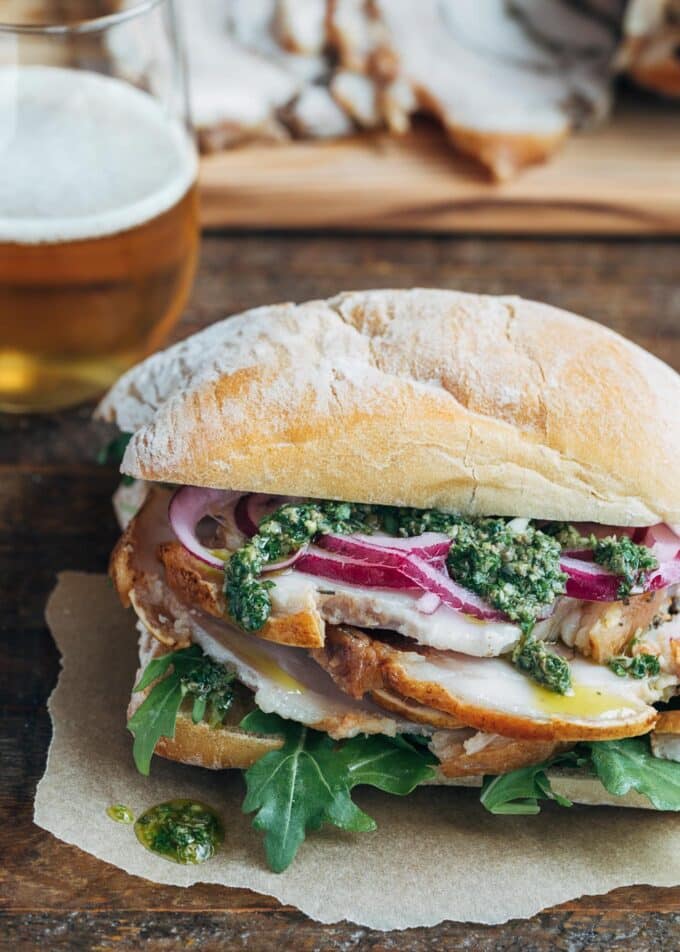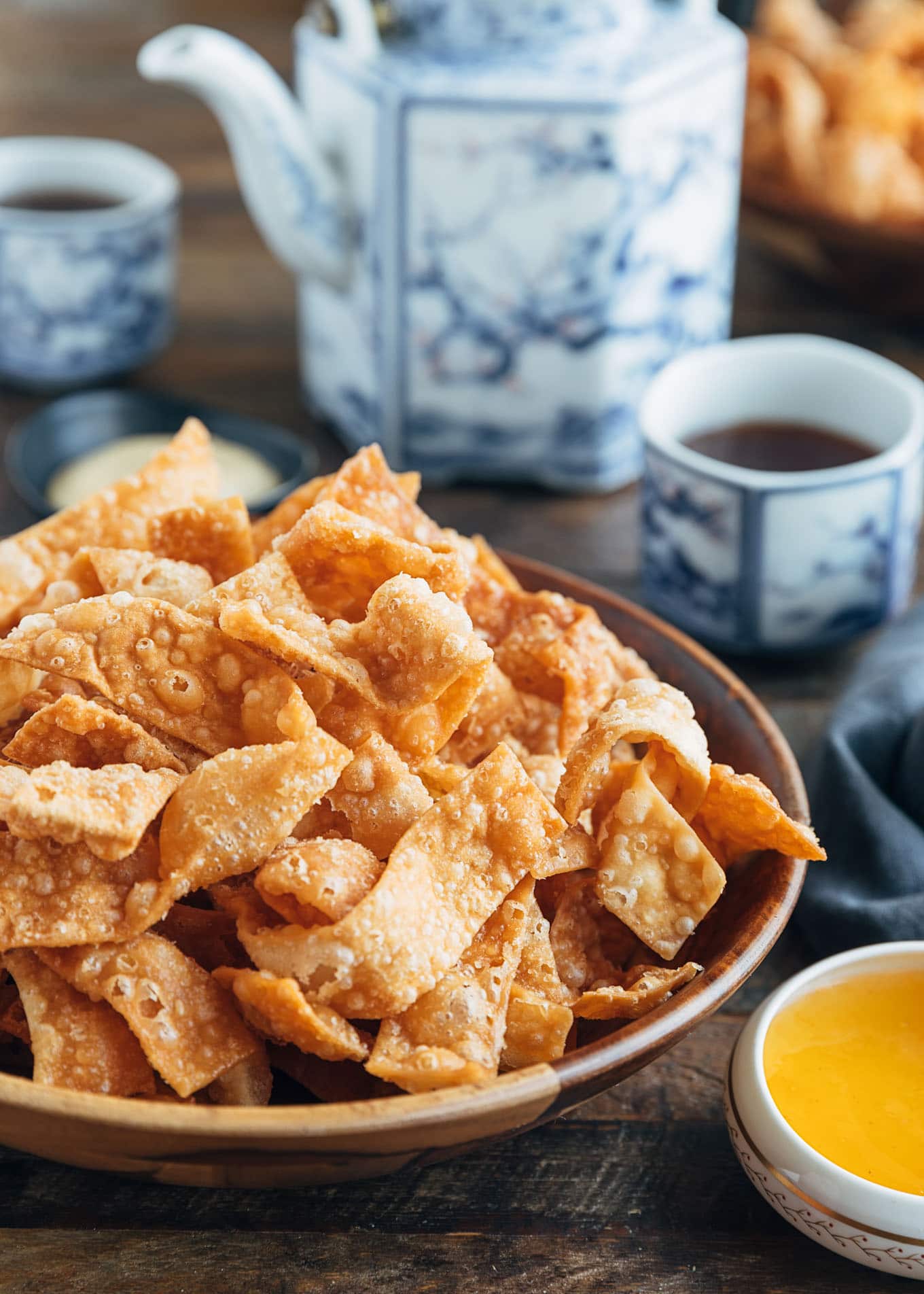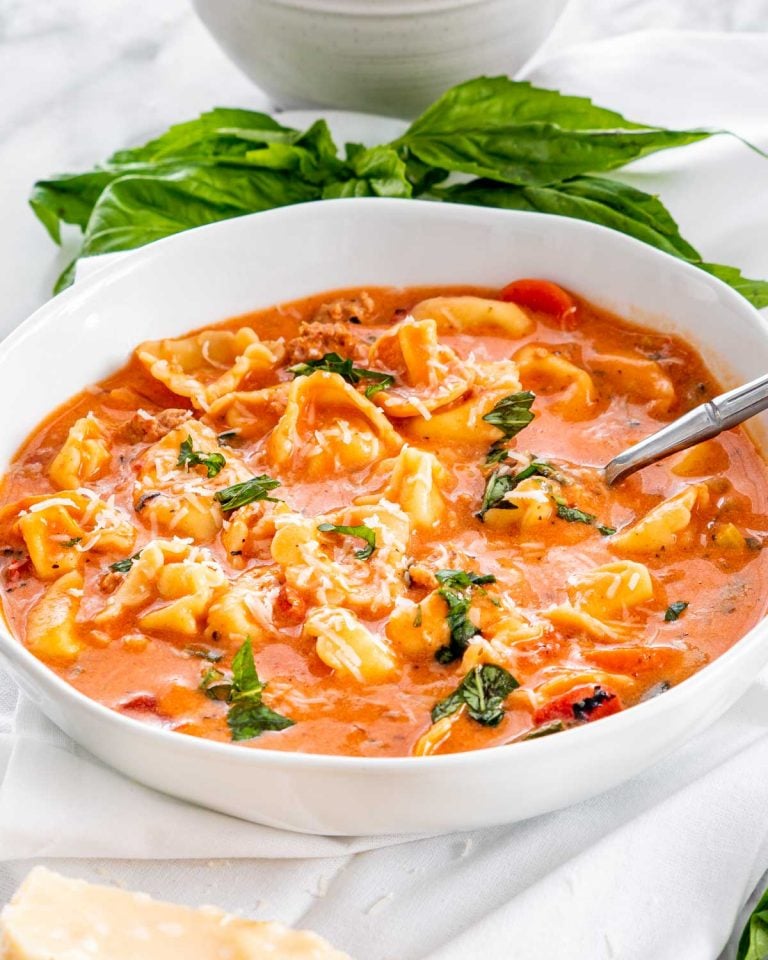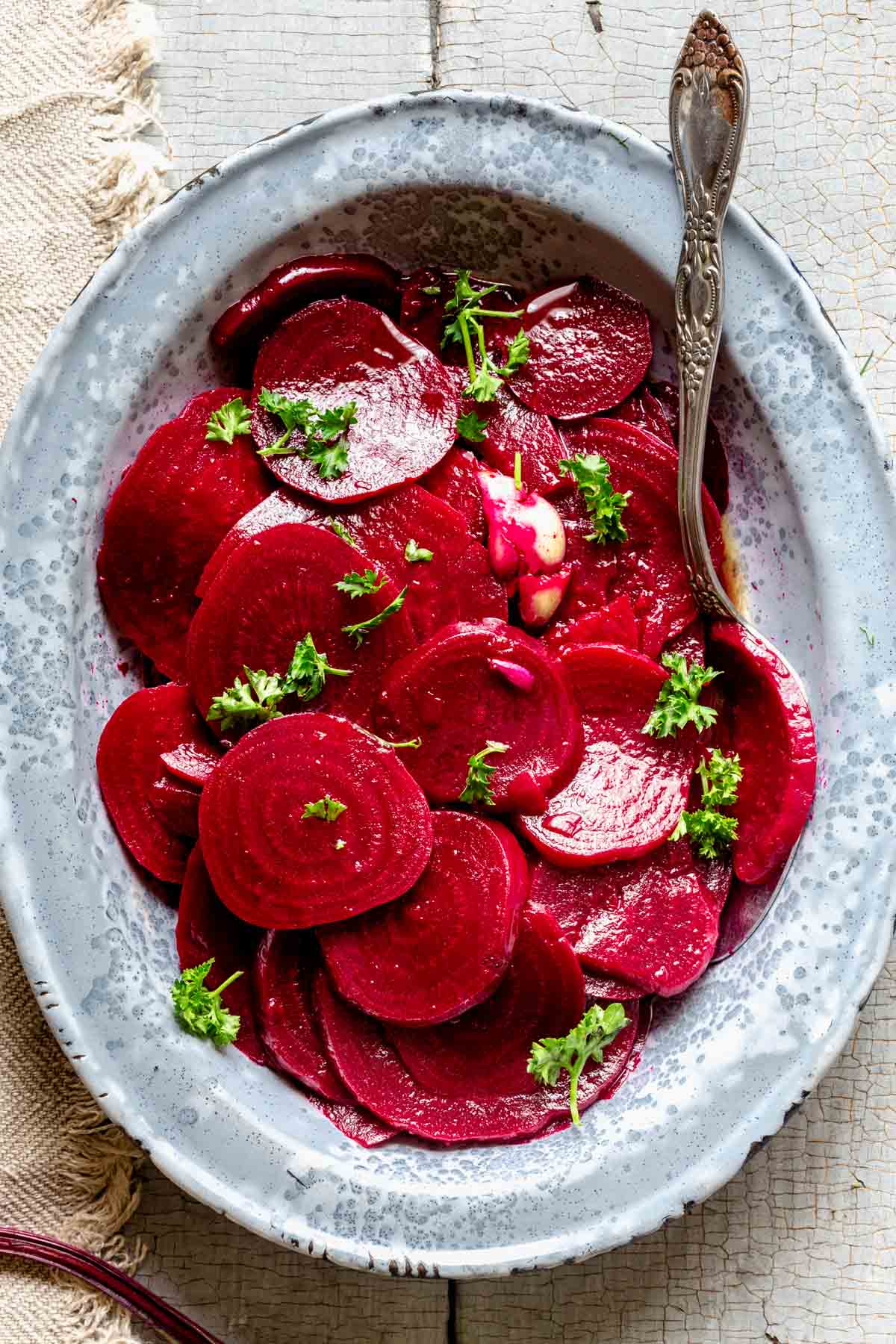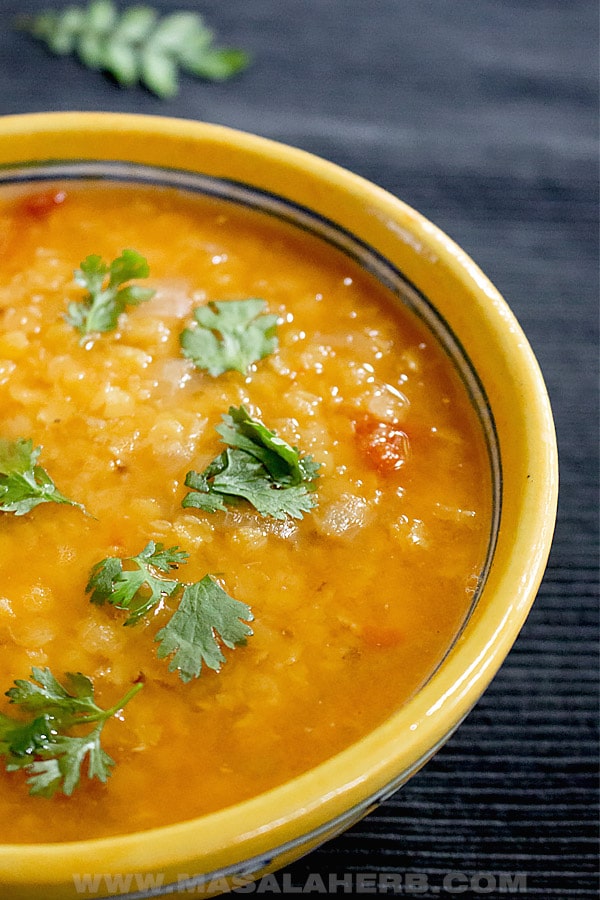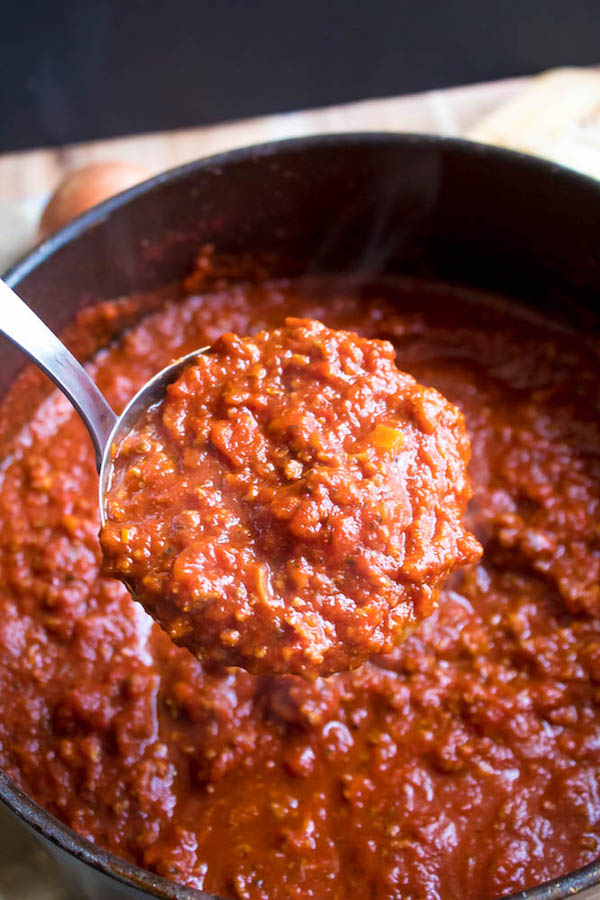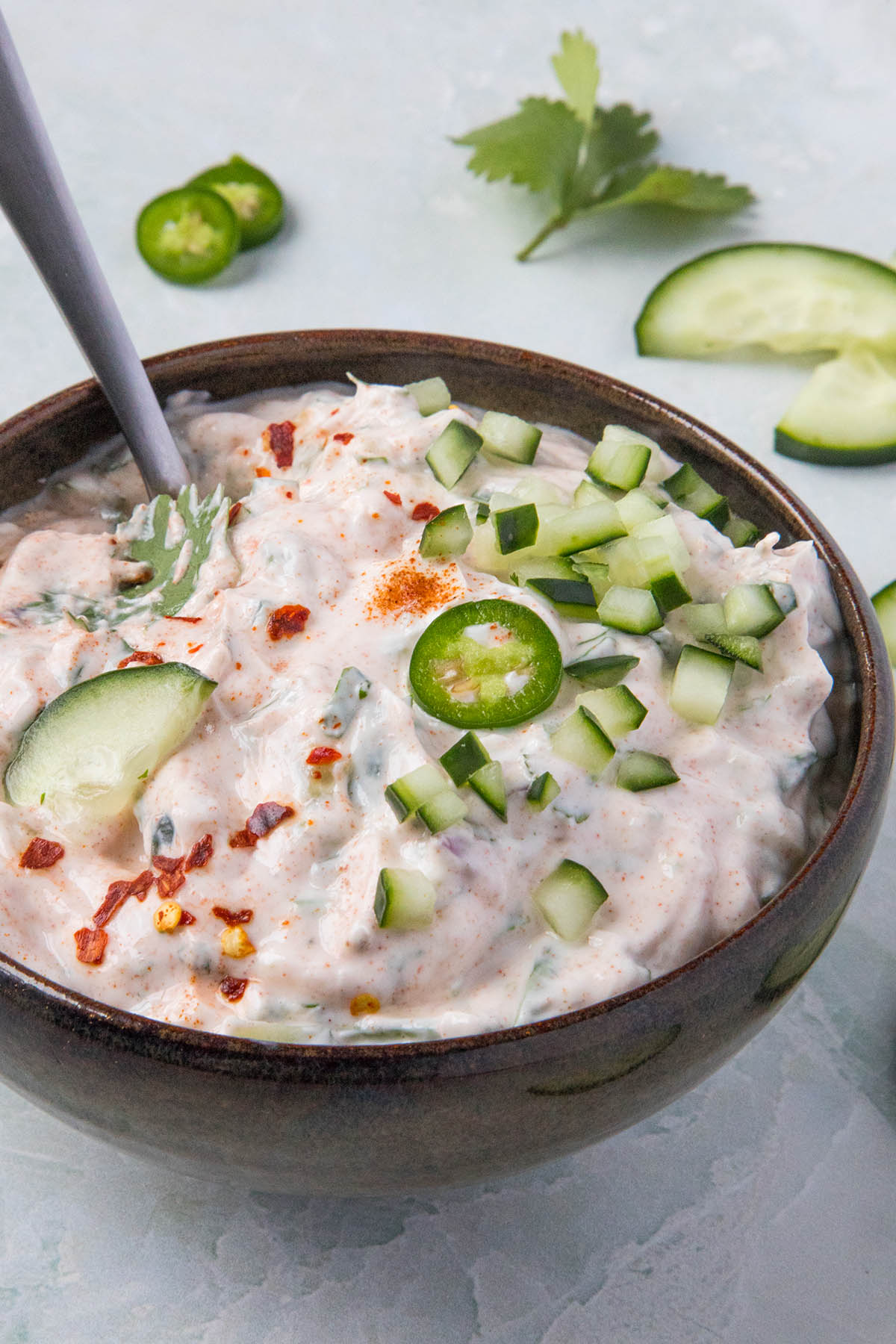Mexican cuisine is known for its bold flavors and rich cultural history. One of the most beloved dishes in Mexican cuisine is al pastor, a savory and tangy dish made with marinated pork and cooked on a spit. This popular dish has a long history and is a staple in Mexican street food. If you’re looking to bring the authentic flavors of Mexico into your own kitchen, then look no further. In this article, we’ll dive into the details of how to make an authentic Mexican al pastor recipe that will have your taste buds dancing.
The History of Al Pastor
The Origins of Al Pastor
The origins of al pastor can be traced back to the 16th century when Lebanese immigrants brought their shawarma cooking technique to Mexico. The dish evolved over time, incorporating Mexican flavors and ingredients, and eventually became known as al pastor.
Al pastor translates to “in the style of the shepherd” and is a nod to the way the meat is traditionally cooked on a vertical spit, resembling a shepherd’s staff. This cooking method was adapted from the shawarma cooking technique and has become an iconic part of Mexican cuisine.
The Influence of Mexican Culture
As al pastor continued to evolve, it became more ingrained in Mexican culture. In the 1960s, Mexican street vendors began selling tacos al pastor, which quickly became a popular late-night snack. Today, you can find al pastor on almost every street corner in Mexico and it has become a beloved dish around the world.
Al pastor is a representation of the fusion of Lebanese and Mexican cultures, and it continues to evolve and adapt with each new generation.
The Key Ingredients
The Meat
The star of the show in an authentic Mexican al pastor recipe is the
pork. Pork shoulder is the most commonly used cut of meat, as it has the perfect balance of lean and fatty meat. The pork is marinated in a flavorful mixture of spices and fruit juices, giving it a tangy and savory taste.
The Marinade
The marinade is what sets an authentic Mexican al pastor recipe apart from other pork dishes. It typically consists of a blend of dried chilies, such as guajillo and ancho, as well as spices like cumin, oregano, and cinnamon. Pineapple juice is also a key ingredient in the marinade, adding a touch of sweetness and helping to tenderize the meat.
The Toppings
While the star of the dish is the
al pastor itself, the toppings play an important role in adding texture and flavor. Traditional toppings include diced onion, cilantro, and a squeeze of fresh lime juice. Sliced radishes and avocado are also popular additions.
Bringing it All Together
Making an authentic Mexican al pastor recipe may seem daunting, but with the right ingredients and techniques, you can recreate this beloved dish in your own kitchen. From the history and cultural significance to the key ingredients, the complexity and flavor of al pastor are what make it a staple in Mexican cuisine.
So next time you’re craving something delicious and full of flavor, try making an authentic Mexican al pastor recipe and experience the taste of Mexico in your own home.
Convert the content result to HTML code:
Mexican cuisine is known for its bold flavors and rich cultural history. One of the most beloved dishes in Mexican cuisine is al pastor, a savory and tangy dish made with marinated pork and cooked on a spit. This popular dish has a long history and is a staple in Mexican street food. If you’re looking to bring the authentic flavors of Mexico into your own kitchen, then look no further. In this article, we’ll dive into the details of how to make an authentic Mexican al pastor recipe that will have your taste buds dancing.
The History of Al Pastor
The Origins of Al Pastor
The origins of al pastor can be traced back to the 16th century when Lebanese immigrants brought their shawarma cooking technique to Mexico. The dish evolved over time, incorporating Mexican flavors and ingredients, and eventually became known as al pastor.
Al pastor translates to “in the style of the shepherd” and is a nod to the way the meat is traditionally cooked on a vertical spit, resembling a shepherd’s staff. This cooking method was adapted from the shawarma cooking technique and has become an iconic part of Mexican cuisine.
The Influence of Mexican Culture
As al pastor continued to evolve, it became more ingrained in Mexican culture. In the 1960s, Mexican street vendors began selling tacos al pastor, which quickly became a popular late-night snack. Today, you can find al pastor on almost every street corner in Mexico and it has become a beloved dish around the world.
Al pastor is a representation of the fusion of Lebanese and Mexican cultures, and it continues to evolve and adapt with each new generation.
The Key Ingredients
The Meat
The star of the show in an authentic Mexican al pastor recipe is the pork. Pork shoulder is the most commonly used cut of meat, as it has the perfect balance of lean and fatty meat. The pork is marinated in a flavorful mixture of spices and fruit juices, giving it a tangy and savory taste.
The Marinade
The marinade is what sets an authentic Mexican al pastor recipe apart from other pork dishes. It typically consists of a blend of dried chilies, such as guajillo and ancho, as well as spices like cumin, oregano, and cinnamon. Pineapple juice is also a key ingredient in the marinade, adding a touch of sweetness and helping to tenderize the meat.
The Toppings
While the star of the dish is the al pastor itself, the toppings play an important role in adding texture and flavor. Traditional toppings include diced onion, cilantro, and a squeeze of fresh lime juice. Sliced radishes and avocado are also popular additions.
Bringing it All Together
Making an authentic Mexican al pastor recipe may seem daunting, but with the right ingredients and techniques, you can recreate this beloved dish in your own kitchen. From the history and cultural significance to the key ingredients, the complexity and flavor of al pastor are what make it a staple in Mexican cuisine.
So next time you’re craving something delicious and full of flavor, try making an authentic Mexican al pastor recipe and experience the taste of Mexico in your own home.





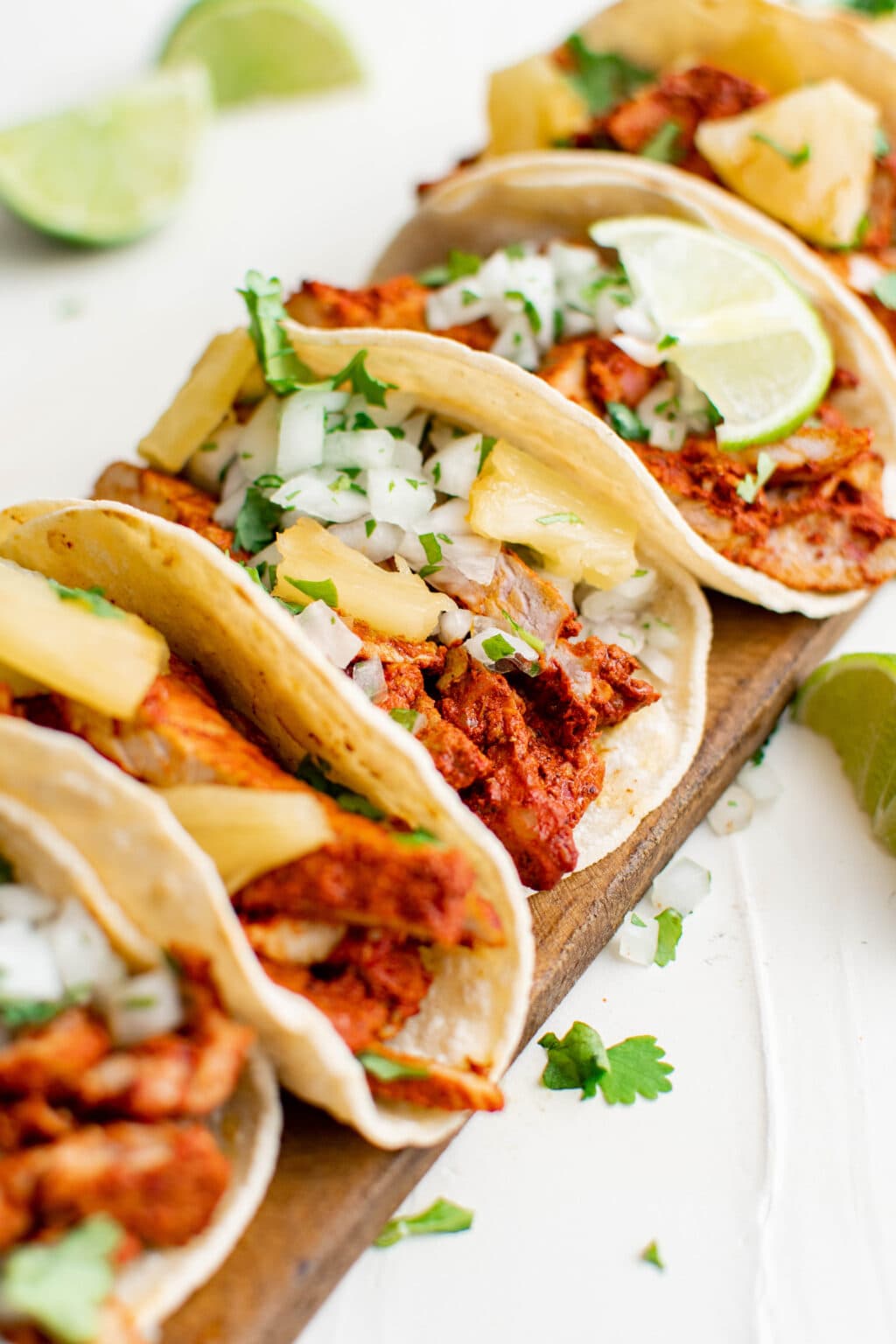



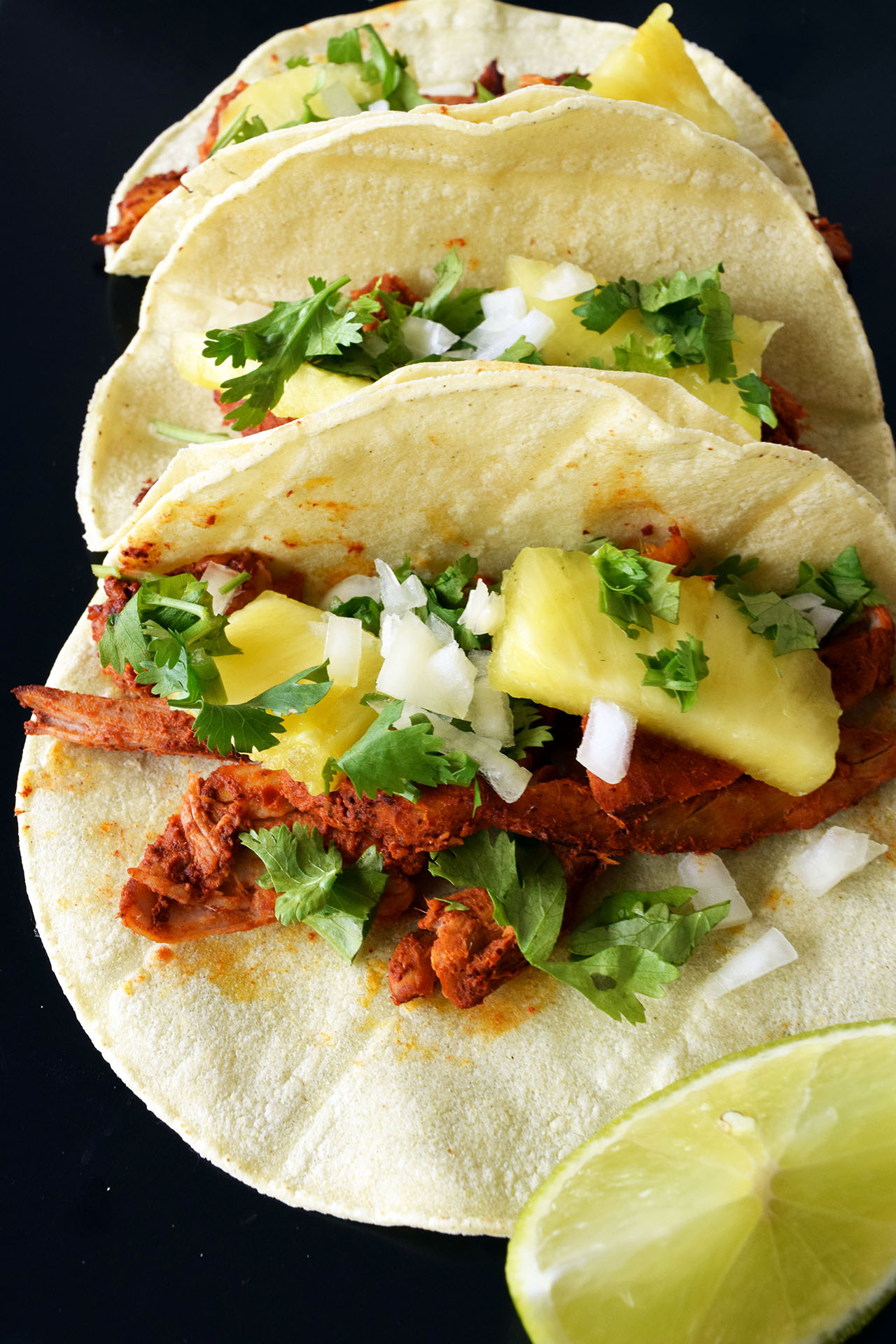
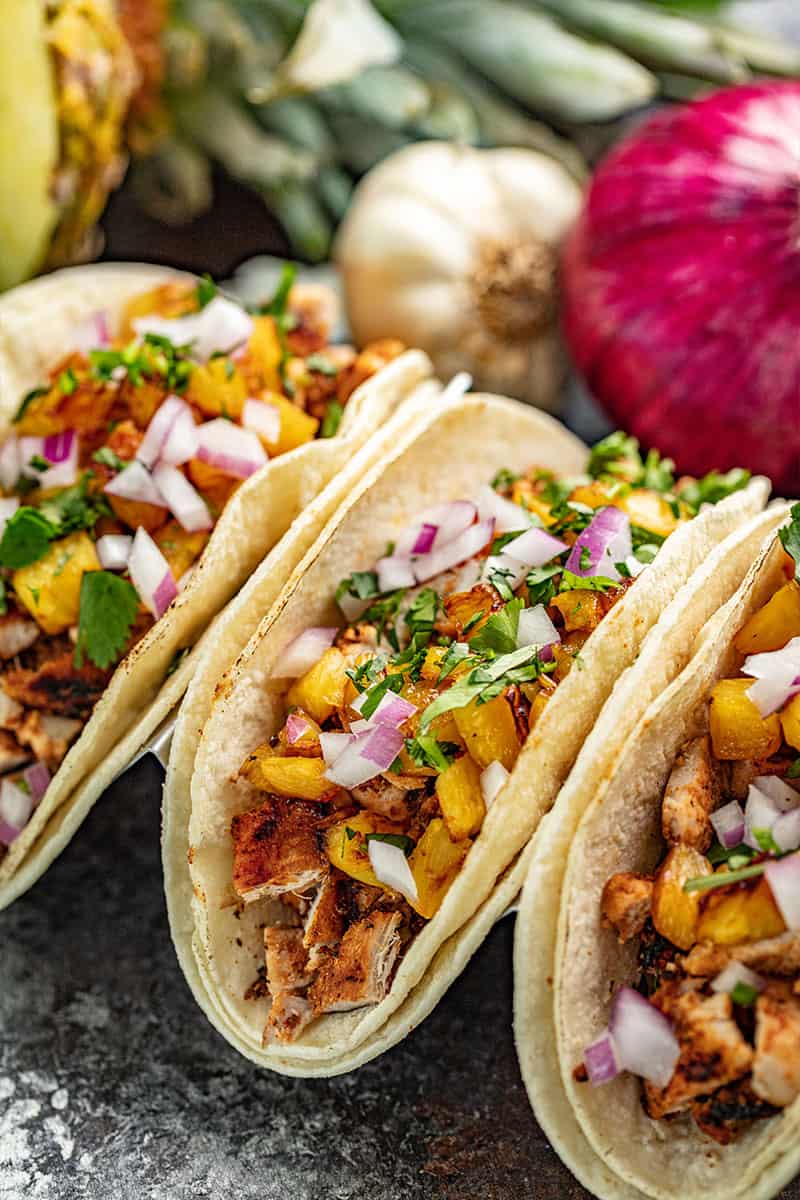
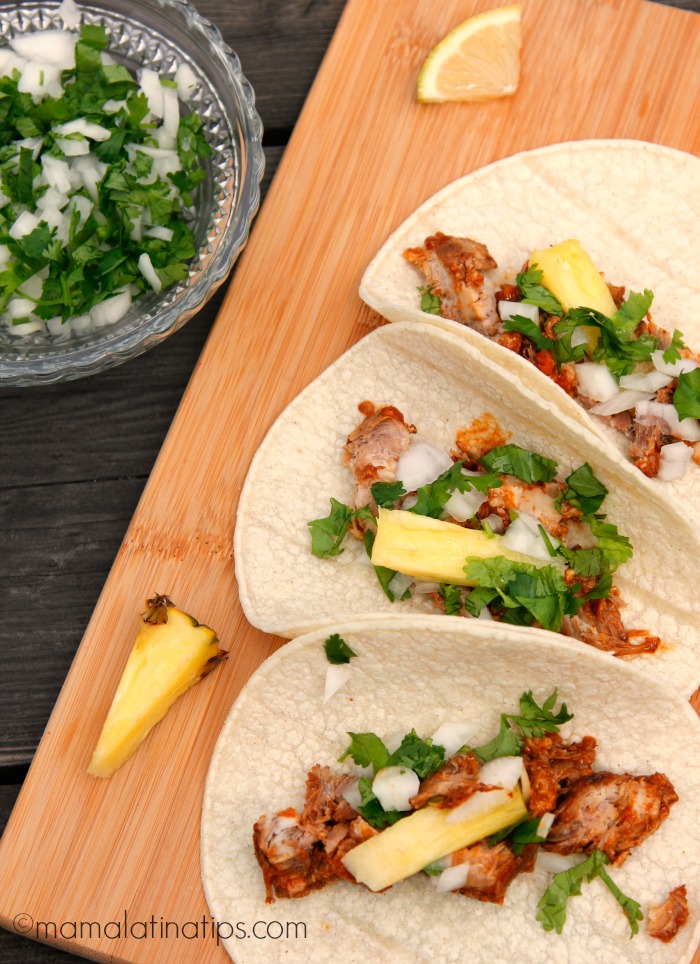
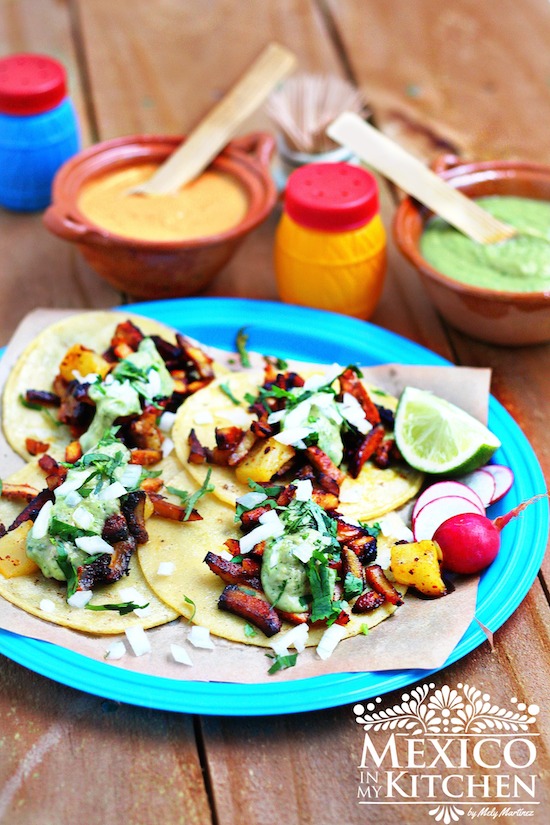
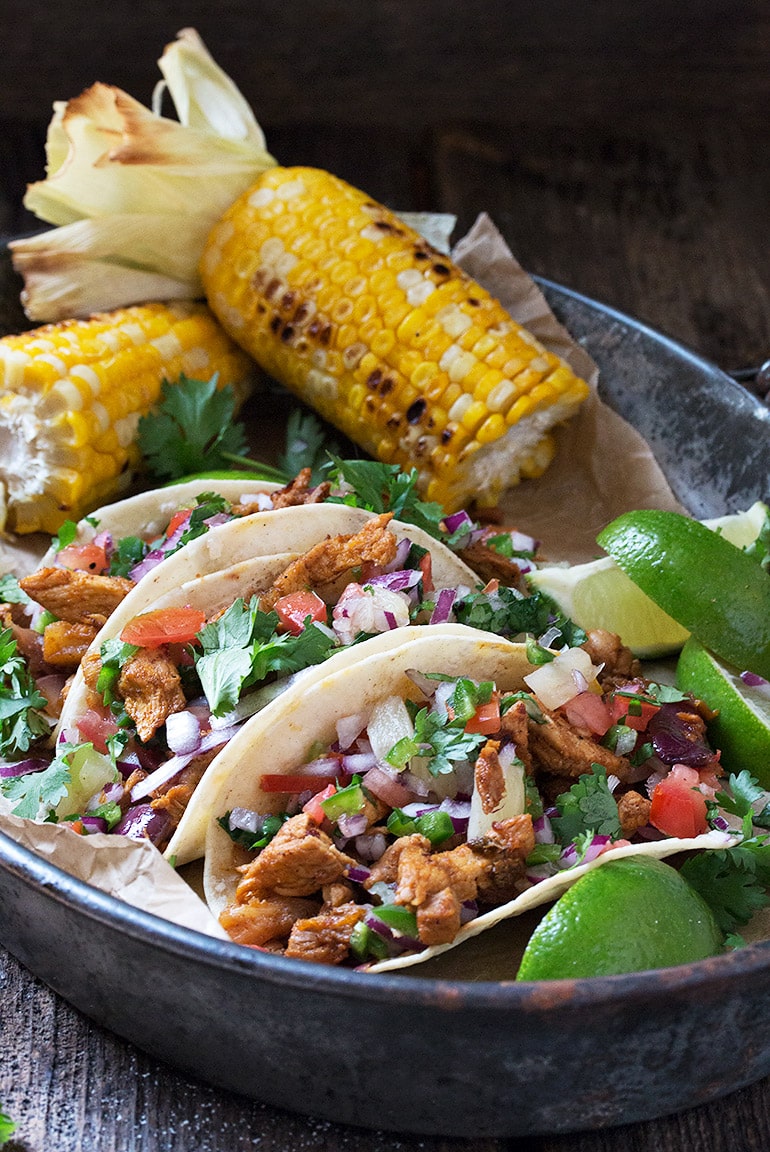

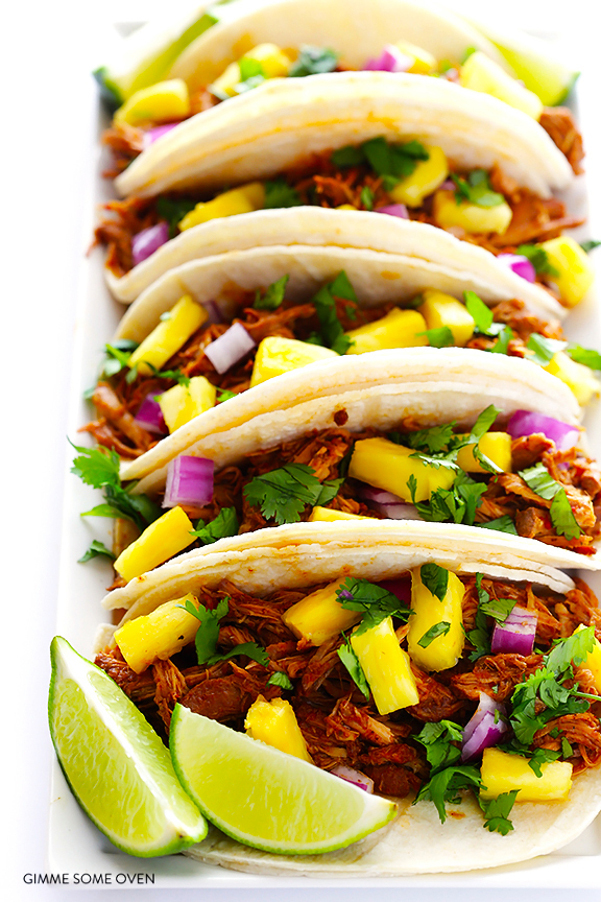


![[homemade] Tacos Al Pastor : food](https://external-preview.redd.it/C6YzQbZNc_tJDnNWkUrZujQiIM8QxB4LP-Aoo0FLI5g.jpg?width=640&crop=smart&auto=webp&s=14f3e73f7b989c780357f2f423bb7c0e518c0dac)

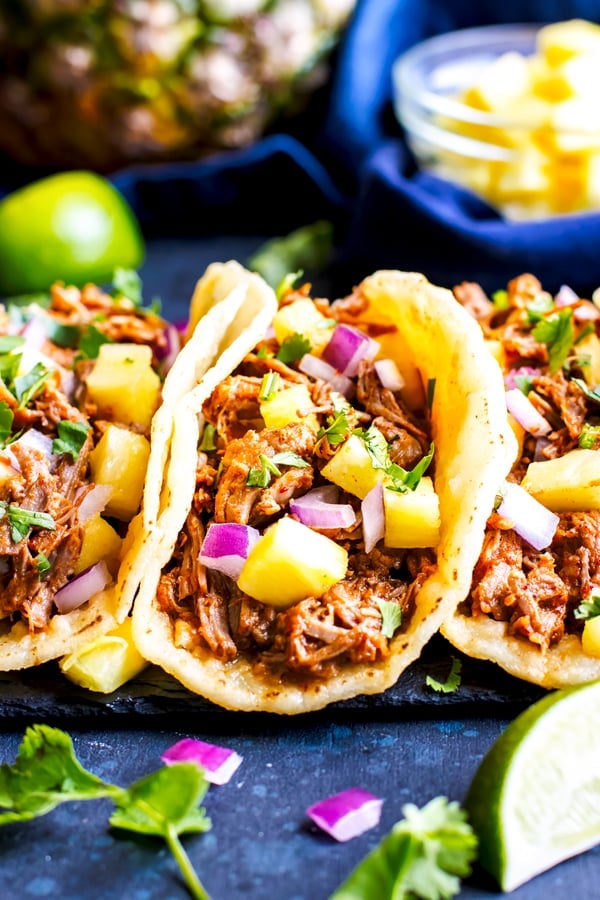



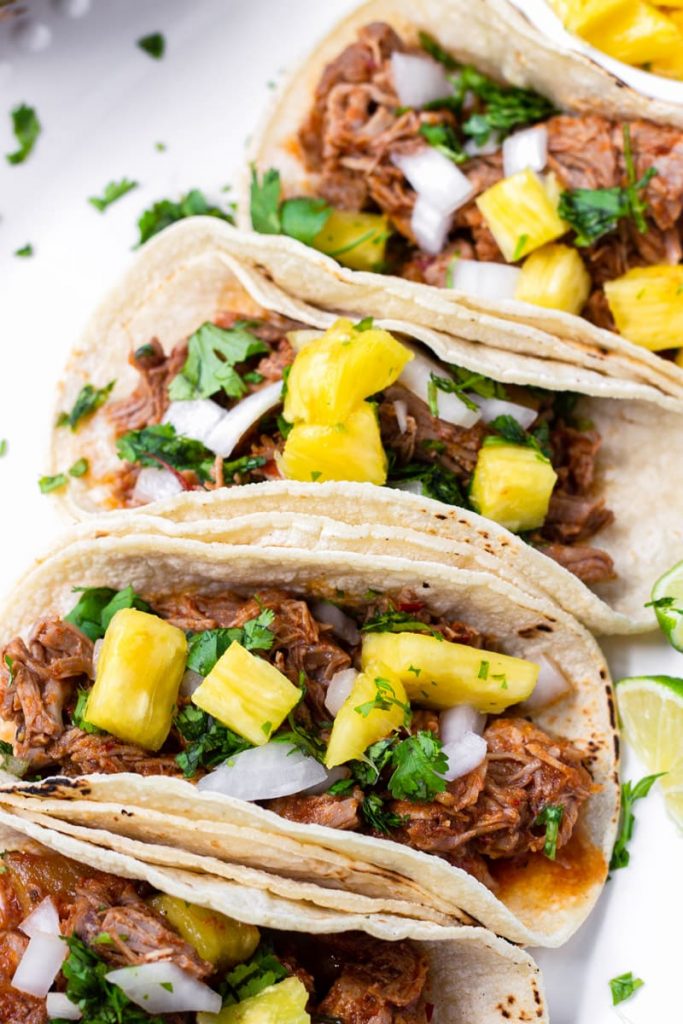



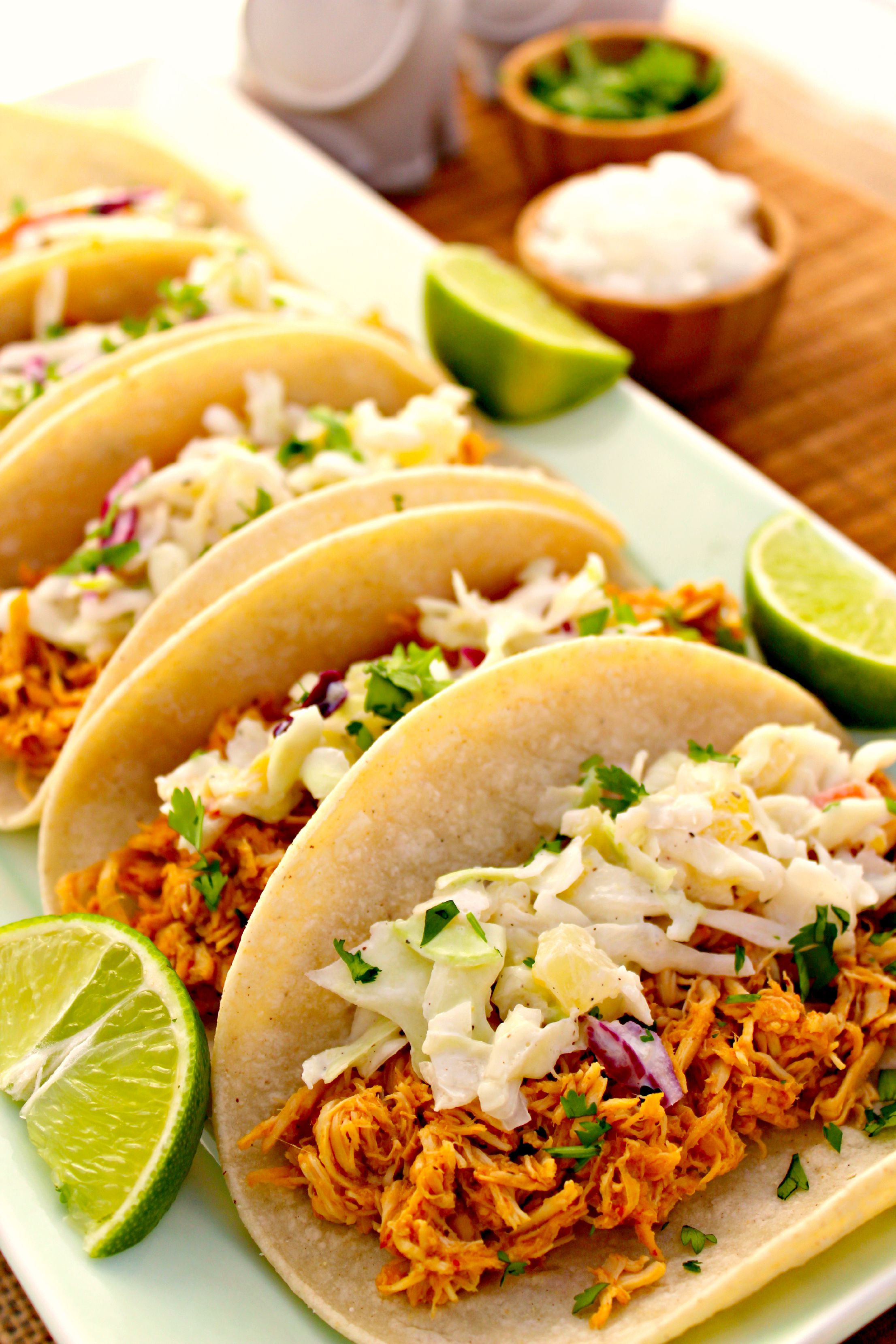







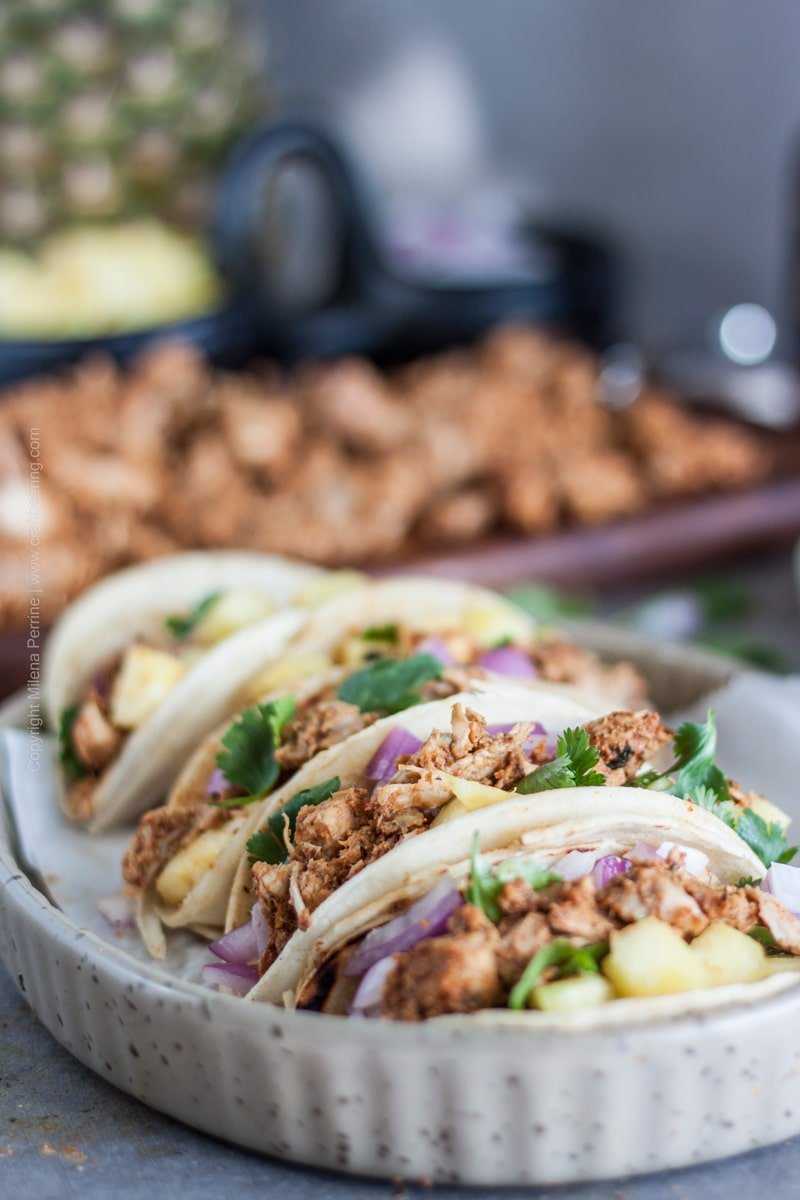



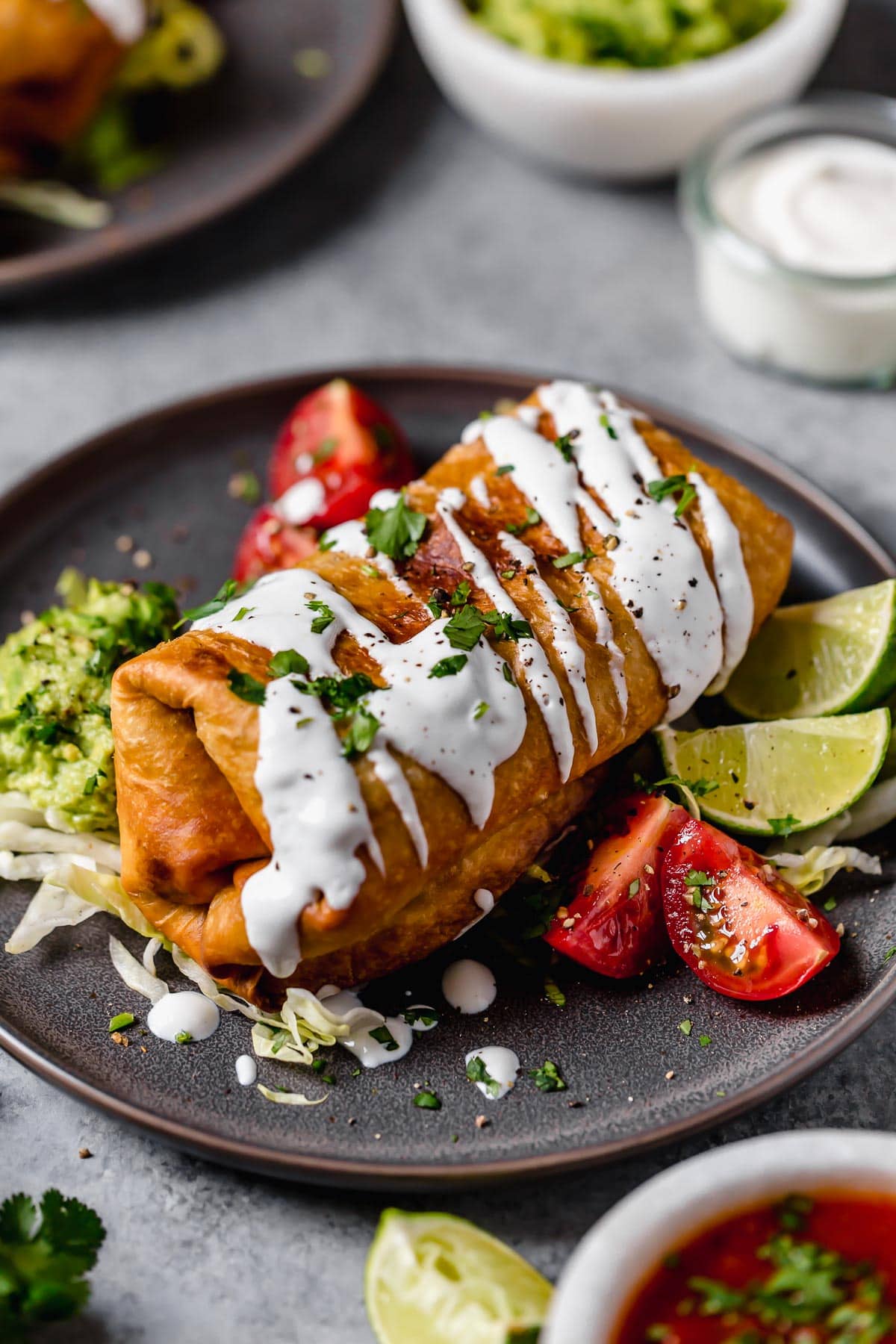
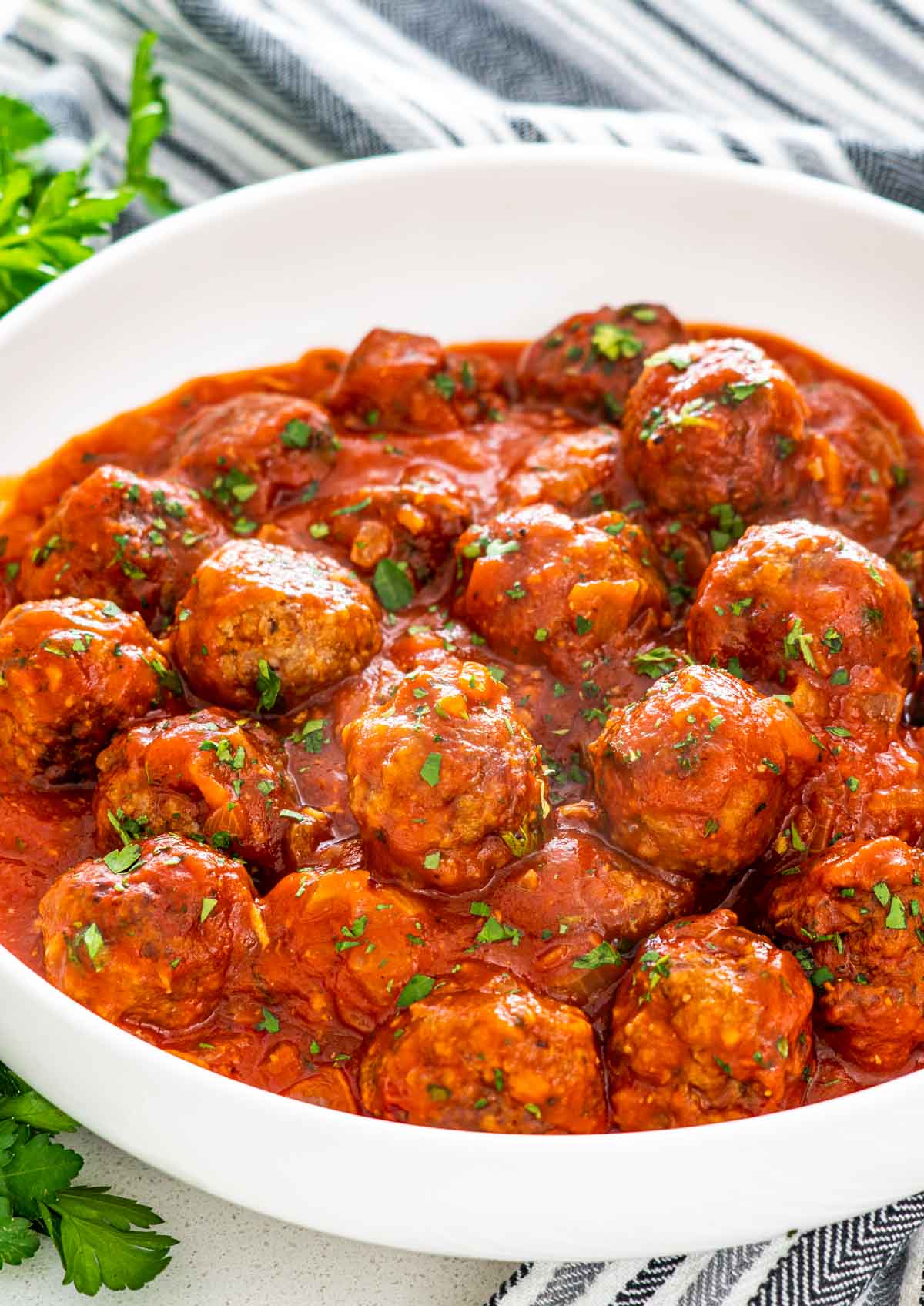



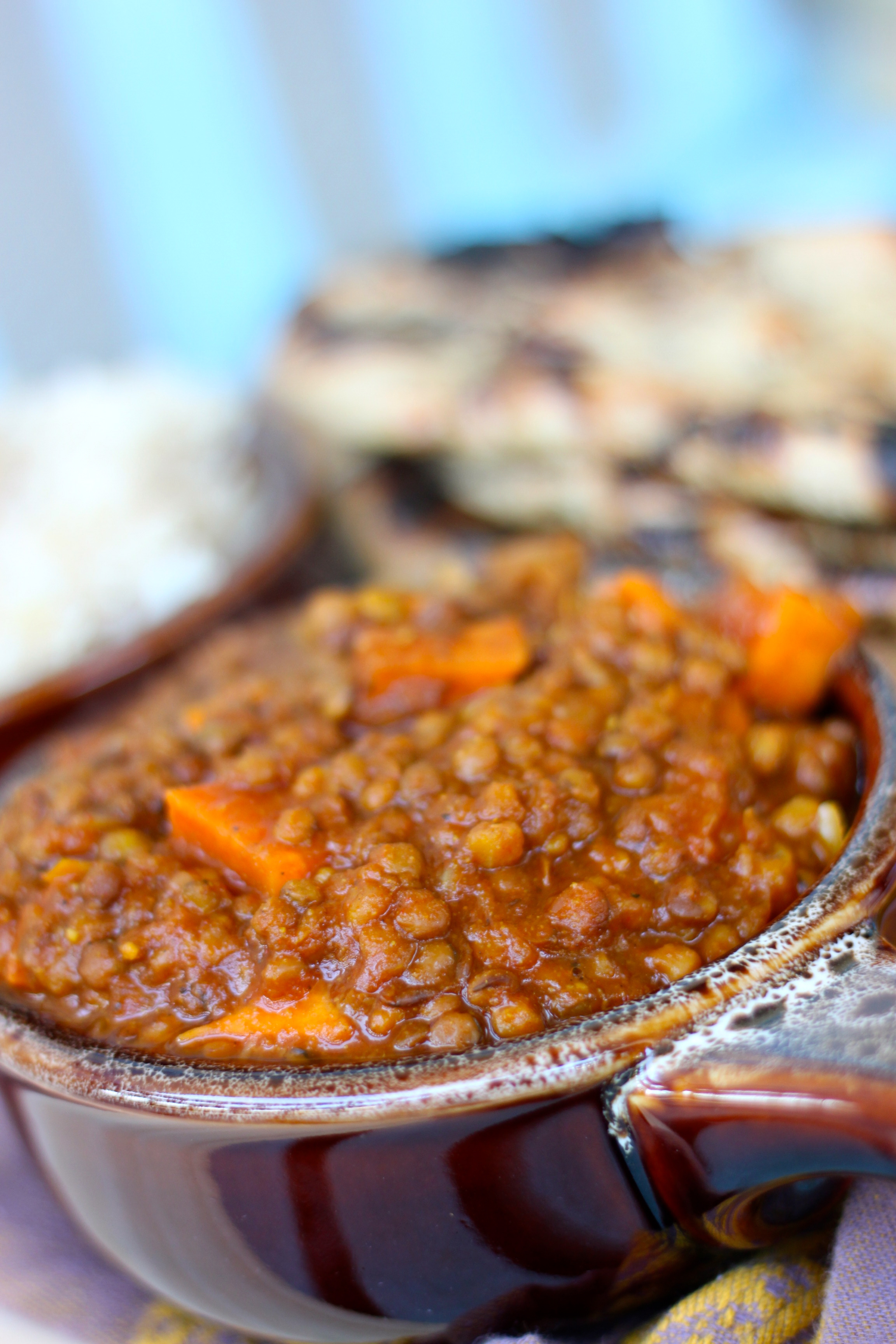


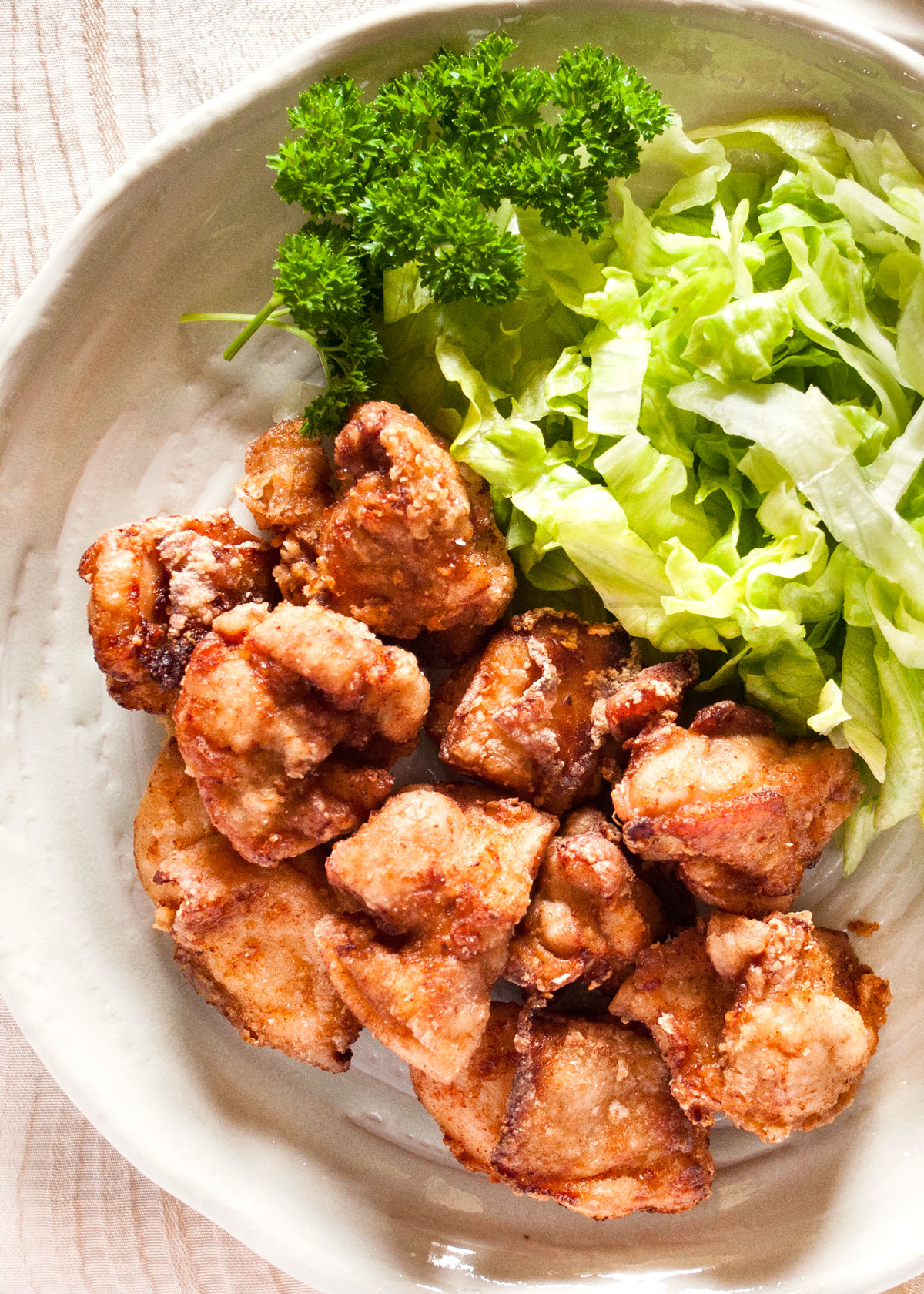









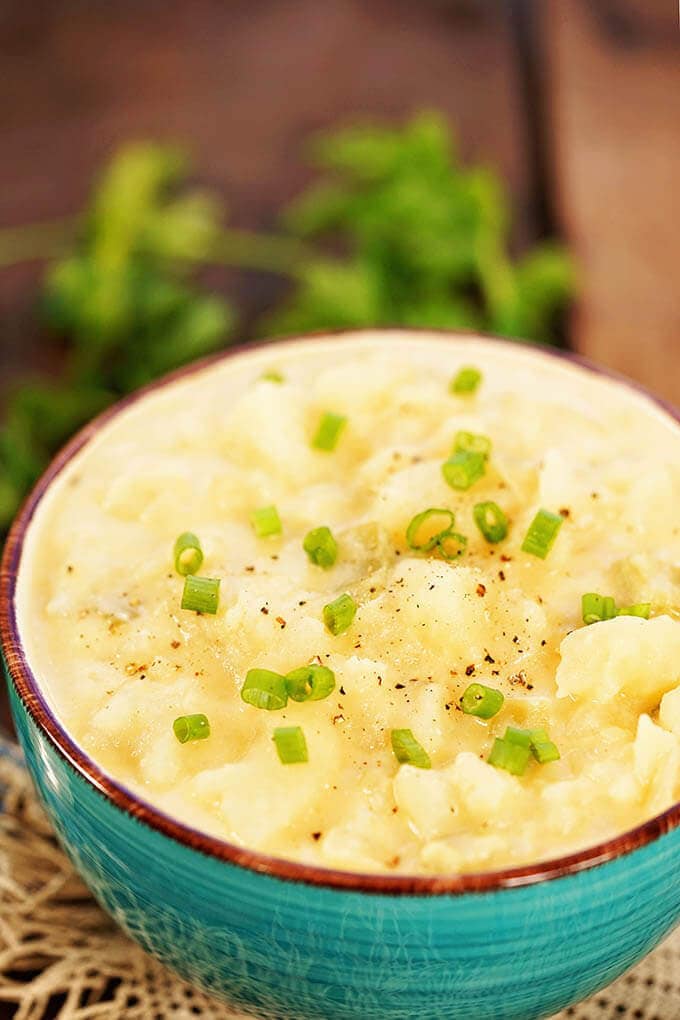

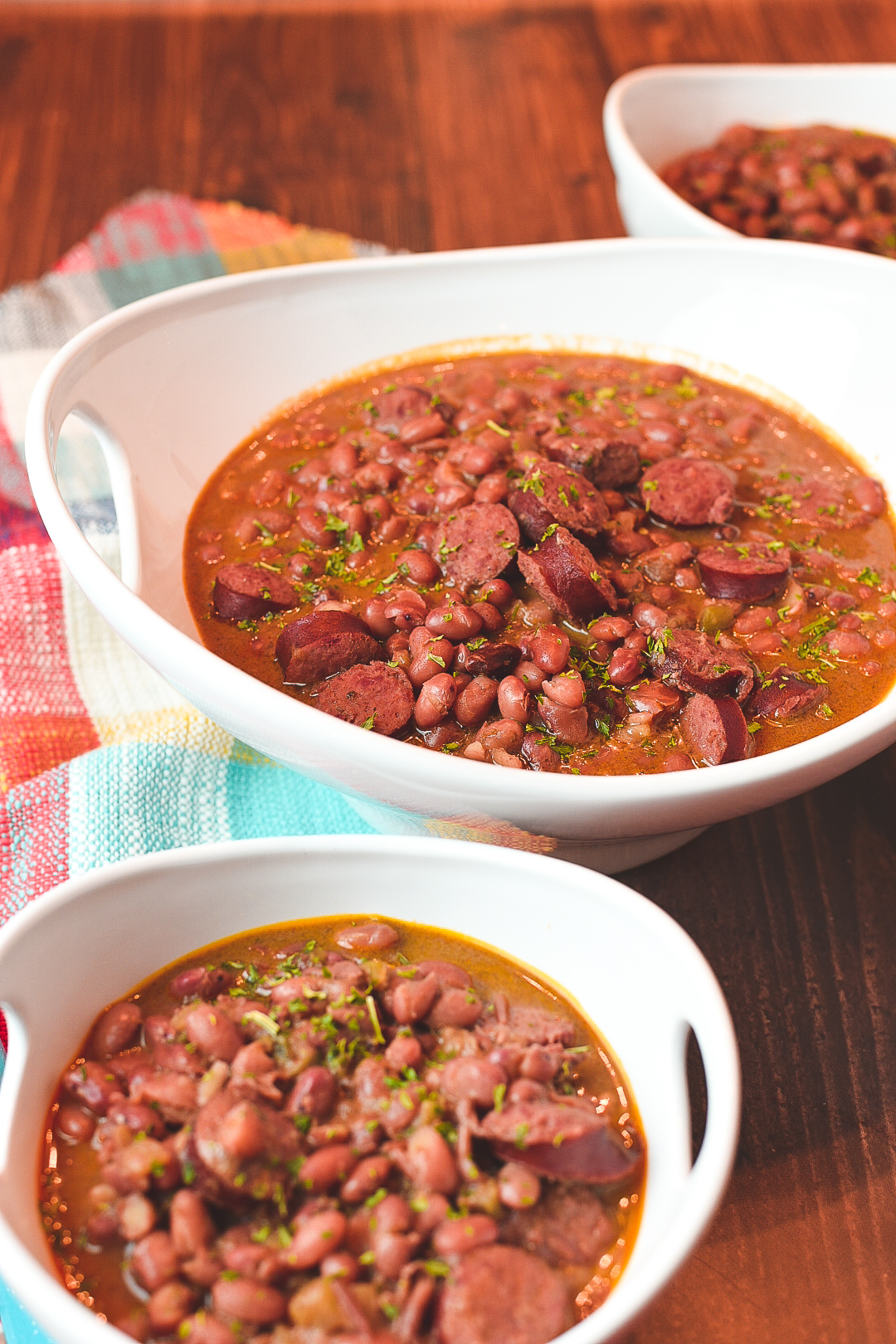

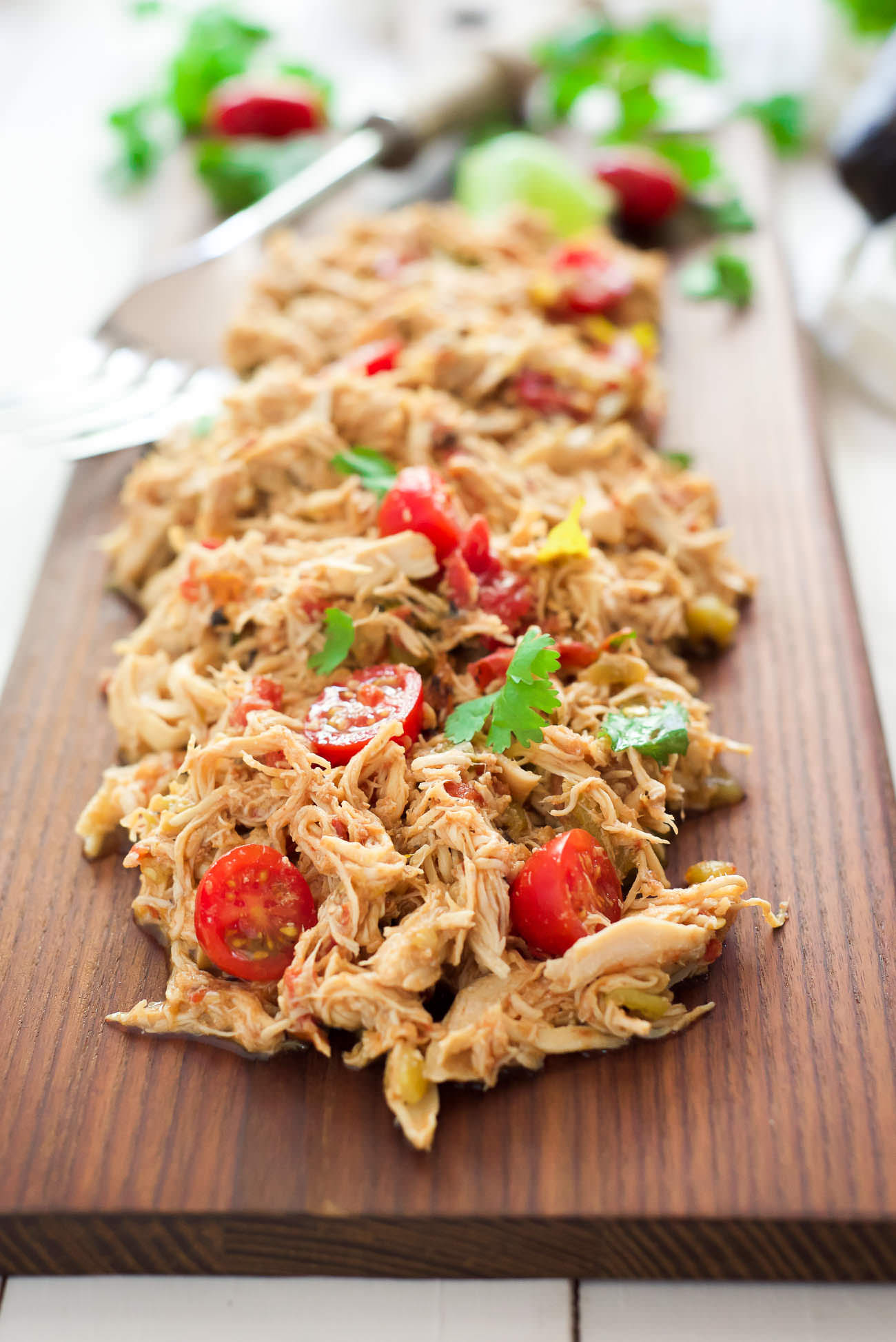



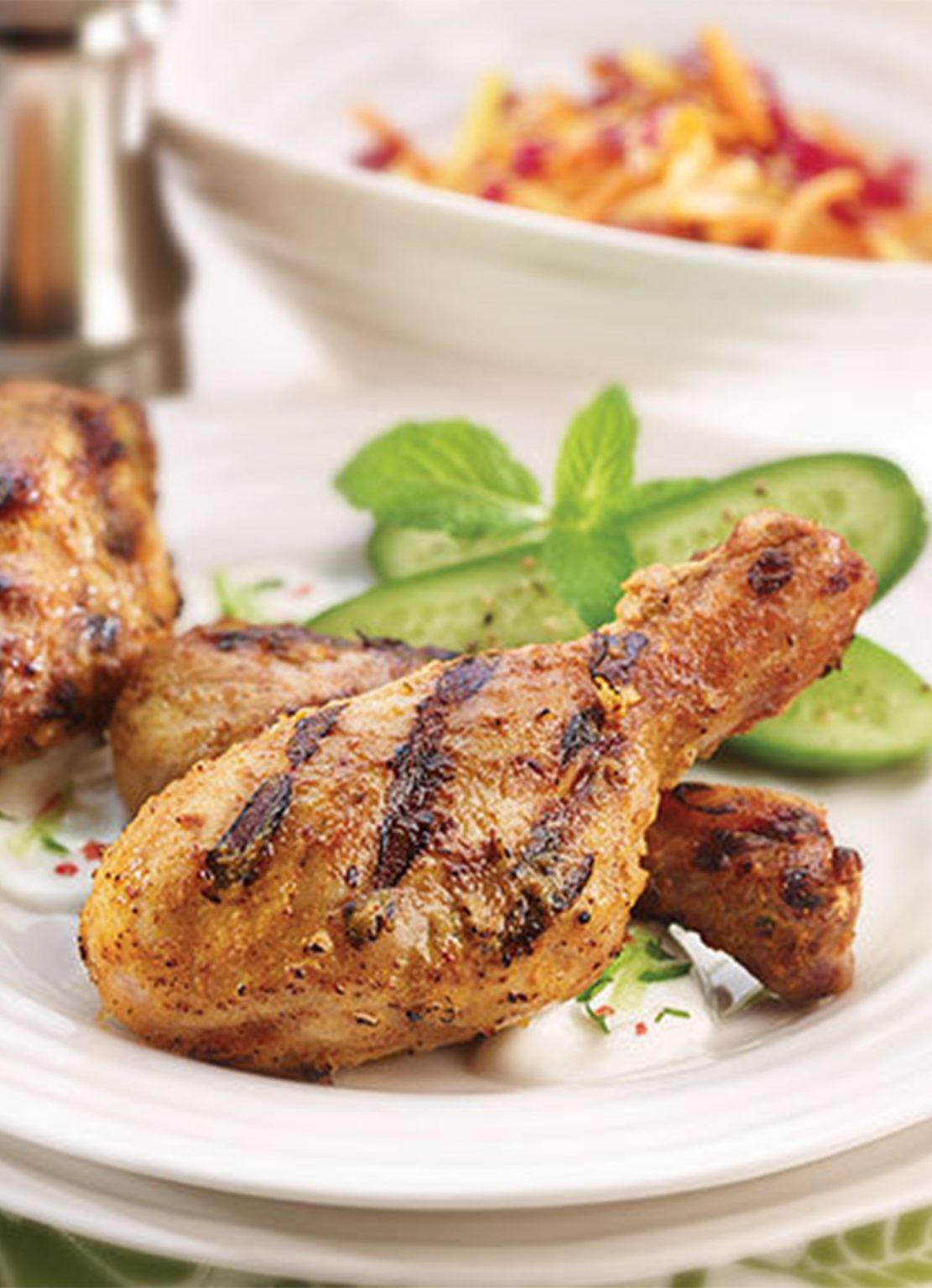
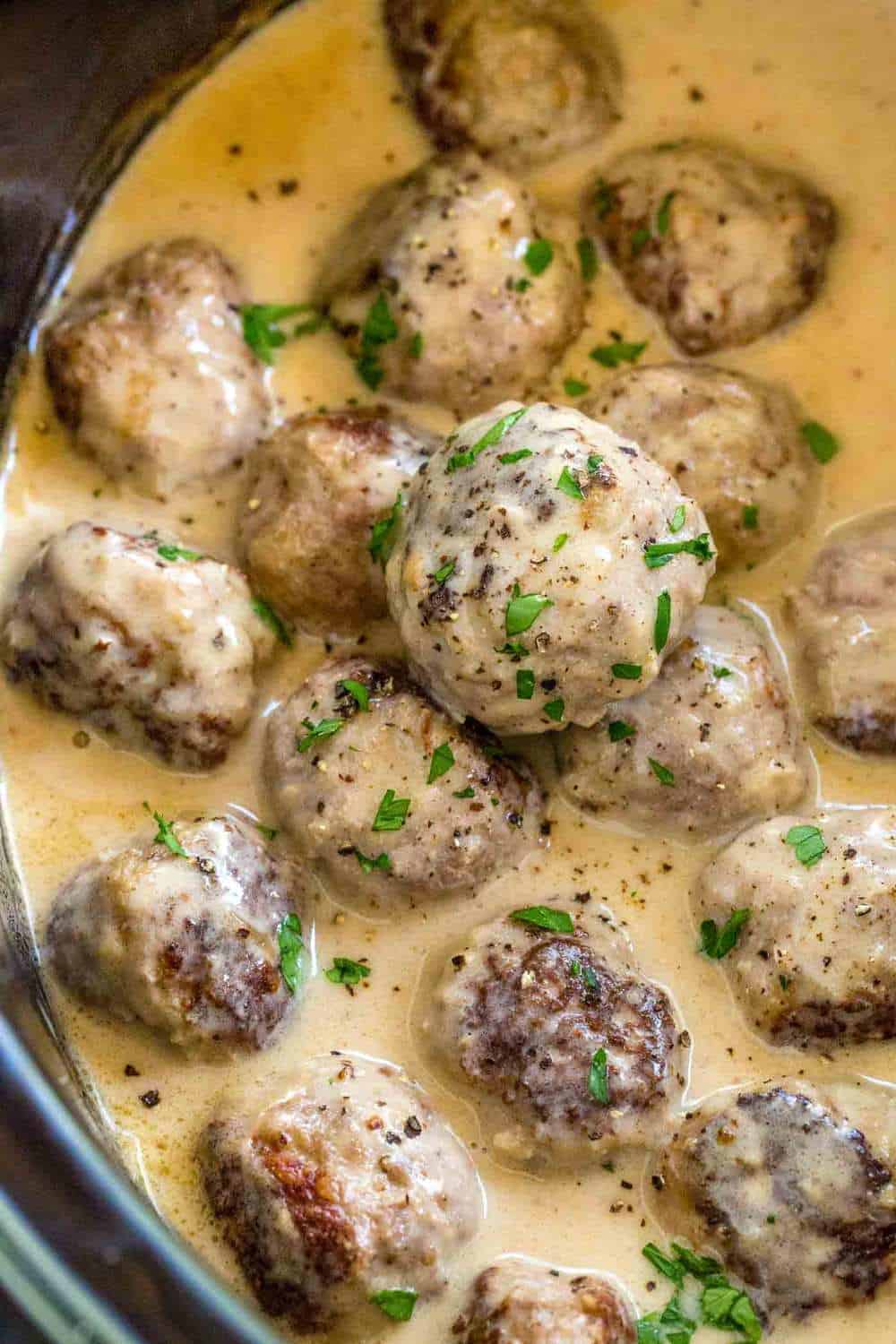


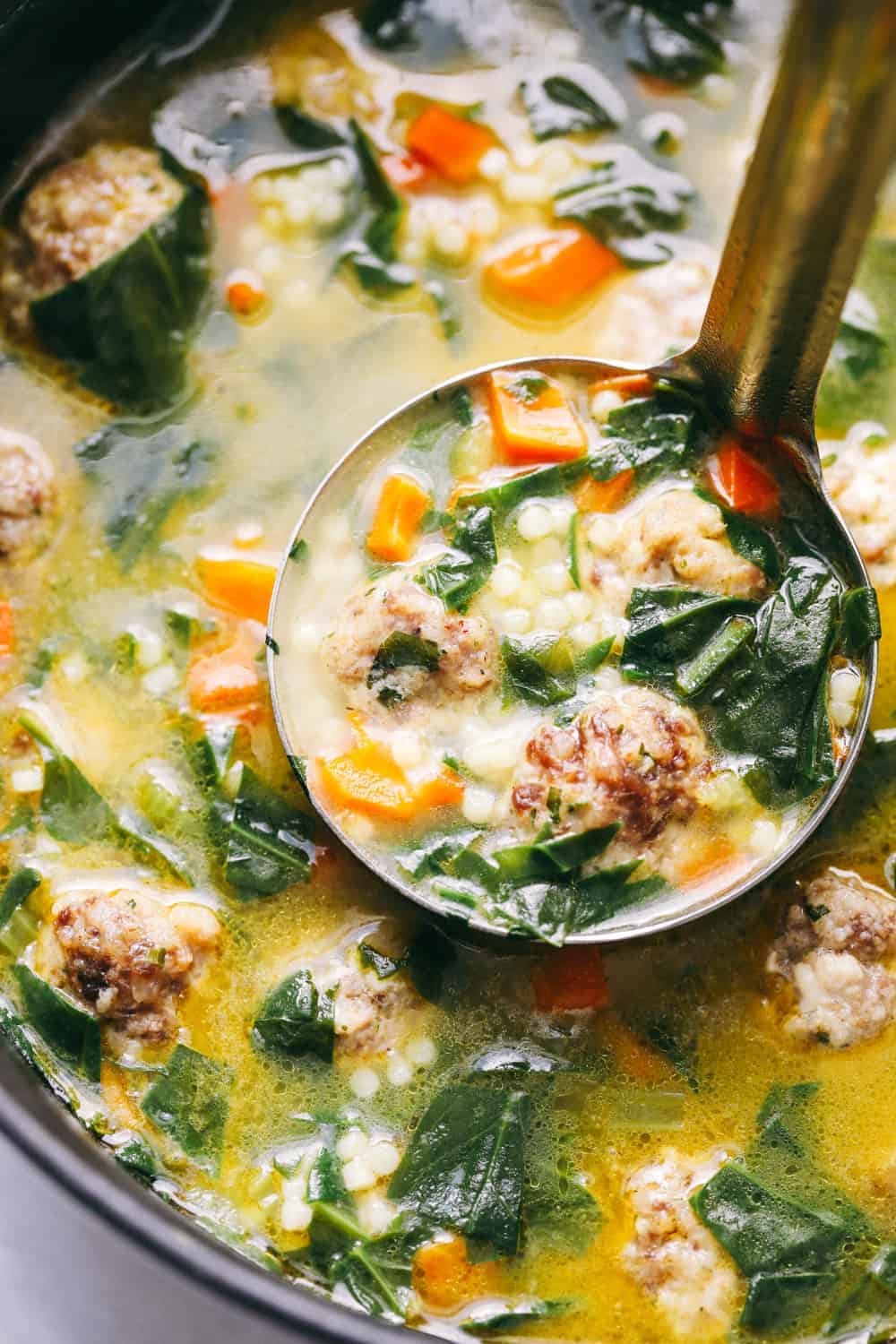




/thai-pumpkin-curry-with-red-rice-632058201-587d71c13df78c17b64f2b55.jpg)

